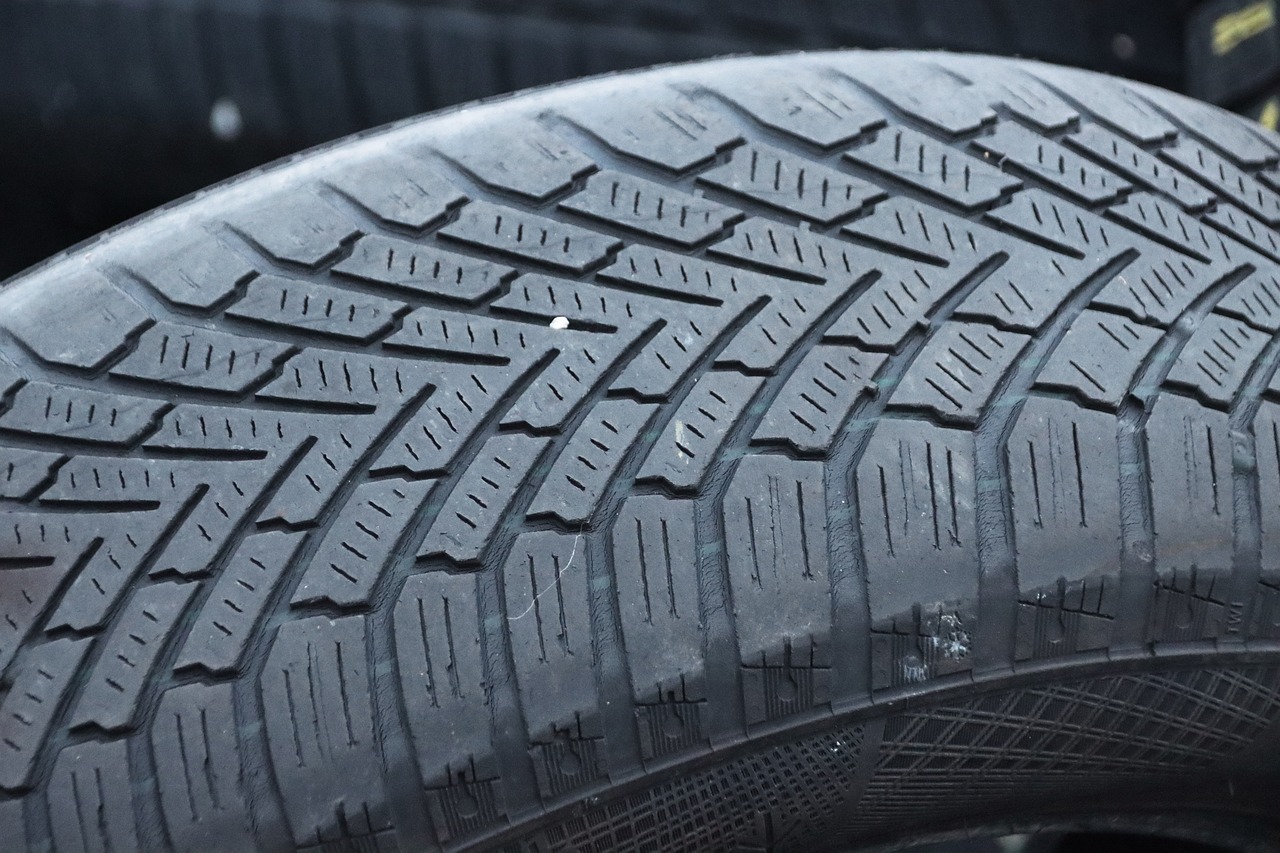
Image via Pixabay.
Changing a flat tire isn’t as complicated as it looks. It just takes a little time and know-how. As your CDJR dealer, we’d like to tell you the simple steps to quickly and easily replace your tire.
Find a Flat Space
If your tire fails while you’re driving, you’ll need to pull over to replace it. Scan the area for a likely space that’s out of the path of traffic. Good locations include the emergency lane on a highway, a strip mall parking lot, or any other flat area. Make sure that your car won’t block any traffic.
Switch On Your Lights
Once you’ve switched off the engine, raise the emergency brake and switch on your indicator lights. You can also raise your hood. These are universal signs other drivers will recognize that your car is stationary, so they’ll automatically slow down and avoid you.
Find The Tools
You’ll need your spare, a lug wrench, and a jack. The tools will usually be stored in the trunk, and your spare will be under the carpet in the trunk, on the roof, or underneath the vehicle.
Loosen the Lug Nuts
Use the lug wrench to loosen each nut. These nuts are securely tightened, and you’ll have to apply force to loosen them. The easiest way to do this is to attach the wrench to a nut and then press down on the wrench with your foot. Don’t remove the nuts yet: just loosen them enough so they can easily be turned by hand.
Position the Jack
Look underneath your vehicle for one of the flat reinforced sections designed as lifting points. Once you’ve found the closest one to the flat, position the jack and lift your vehicle high enough that the flat touches the ground.
Change The Tire
Unscrew the lug nuts, then lift the flat off the wheel hub. Position the spare on the wheel hub and rotate it until both sets of holes line up. Once this is done, screw the lug nuts back on by hand as tightly as you can.
Lower Your Vehicle
Use the jack to lower your vehicle to the ground, then use the wrench to tighten the nuts as securely as possible. Your tire has been successfully changed, and all that’s left to do is pack away your tools and the flat before you drive away.
If you have a regular-sized spare, you can continue to drive normally. If your spare is a space-saving tire, don’t drive over 50 mph or for more than 50 miles before you replace it. Head on over to us at Bill Snethkamp CDJR in Highland Park, MI, to get your replacement tire.








